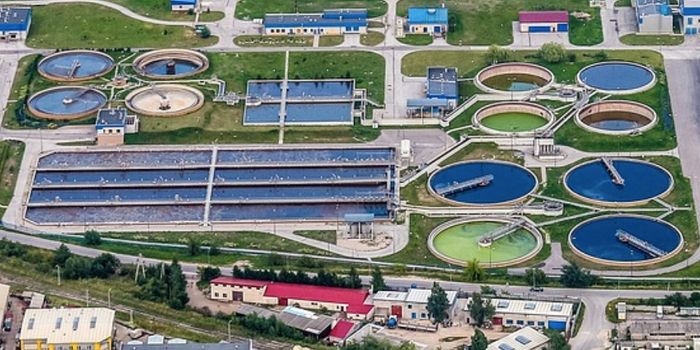Engineered Microbes can Make Memories
Microorganisms do not have brains, and they aren’t capable of conscious thought, but scientists have developed a technique that imprints a kind of memory in microbes on the genetic level. These engineered bacteria are able to perceive their environment, report on it, and form a genetic ‘memory’ of the event. This process will enable scientists to gain a deeper understanding of chemical processes on earth and bacterial communication, in which antibiotic resistance and other information are shared.
"We're hoping this will help foster collaboration between synthetic biologists and microbiologists," said Emily Fulk. She is a graduate candidate at Rice University in Texas and presented this work at the 2017 American Geophysical Union Fall Meeting. "I'm just really excited to actually start applying this."
Fulk uses soil bacteria to understand more about environmental processes like drought or runoff, which can require time-consuming projects to assess. To streamline the process, Fulk utilized a technique in synthetic biology that allows microbes to report on their environment. Basically, a modified gene in the bacterial genome will activate in response to some stimulus in its surroundings.
"You can think of it like a light switch and a lightbulb, where the sensor is like the light switch and signal the lightbulb," Fulk explained. "You can look at the lightbulb, or signal produced, and say, 'OK, if we see that the light's on, we know that the switch has been triggered.'"
It used to be that the bacteria actually lit up too; they would fluoresce after exposure to some specific chemical. It’s hard to see glowing bacteria in soil, however, and Fulk and colleagues used a bacteria that reported by making a gas. Because this report was short-lived, they took it another step and made microbes that would not only produce that gas but etch a memory of the event into the genome so that it could still be detected after the bacteria, which live for only hours, had died.
"Using memory, we can now say, 'Let's incubate our microbes for a week, a month, or a season,' and then at the end of it look at the microbes and see what they've seen over the entire period rather than only at a specific time point," Fulk noted.
The reporter designed by the researchers was unique; the “light switch” and “lightbulb” genes were separated, unlike previous iterations. After a microbe consumes a sugar, the switch is activated and encodes for an enzyme. The resulting enzyme modifies the reporter, and the gas is produced. That reporter gene modification is irreversible, however, and the researchers can see that etching after the death of the microbe, while the gas can’t be detected after the bacterium dies. This technique can now be applied to innumerable research questions.
While it is unlikely to be used directly in the environment, it may help illuminate poorly understood processes like the sulfur cycle or methane production by bacteria, noted Caroline Masiello, the principal investigator of this work at Rice University. "You can sometimes detect undetectable materials with these microbes," she said.
Learn more about traditional reporter genes from the video.
"I get blown away by this every day," Fulk said. "We're really excited that we have the nuts and bolts worked out. The idea is if we can make this a plug-and-play Lego-type system, where you pick your reporter, your 'memory,' your desired chemical to sense, and your microbial host, then it can be customized to help address any questions you want."









